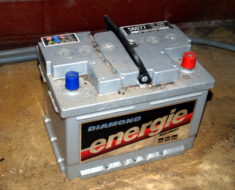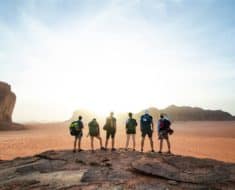
Source: Pexels
In the recent American Camping Report, over 70% of campers are reported to have personally planned and arranged their own camping trip.
From choosing your campsite location to packing up your gear, learn how to effectively handle your camping arrangements and planning in four easy steps. Plus, discover tips for building and maintaining the camping fire to enhance your outdoor experience.
Step 1: Decide on Your Preferred Camping Experience
The primary step is to determine the style of camping you prefer. That means identifying if the activities and facilities that you would be looking for are available in public or private campsites.
The following are some of the factors to consider:
- Classic tent or RV camping: Campers can choose to camp the traditional way by setting up a tent at campsites or go camping with an RV. If you want to be with your RV, look for a suitable campground that has enough space for the vehicle.
- Camping activities: Campers can combine several outdoor events during camping, such as fishing, hiking, and biking. Depending on the selected activities, you need to find the right campsite that has access to such activities. If you plan to camp with your family, you should find a campground with playgrounds and other children-friendly facilities.
- Traditional or luxury camping: Campers can choose to camp in a conventional campsite without access to toilets or other facilities, or choose a luxury camping style that comes with additional amenities.
- Solo or group camping: Depending on the number of campers and their interests, you can choose from a single campground to a family cabin.
Step 2: Booking Your Campground
Here are some tips for picking the ideal campsite:
- Ask for recommendations from friends and family.
- Search campground websites online, such as Tentrr, which offers a selection of private campsites.
- Call the campsites directly to inquire about the details of the site.
While looking for a campground, campers must check the campsite’s availability on the target date of the trip. You can also verify the site’s distance and accessibility.
Step 3: Plan Your Camping Menu
Though several things can be done at the campground, prepping meals at home before setting out on the trip can save a lot of effort and time during the camp activity. Bringing basic spices can make food that’s prepared outdoors taste even better.
Campers also need to figure out how to store your food during the days of the trip. Bring essential camping kitchen utensils and cooking equipment, including camping stove, plates, cups, knives, and pots.
Step 4: Gear Up
Creating a checklist can ensure that every essential item is included with the pack. Over time, campers can add or remove items in the list according to their needs.
Some of the essential items that campers must bring are tents, sleeping bags, blankets, and a pillow. Include other essential items such as personal-care stuff (soap, toothbrush, and toothpaste), first-aid kits, basic outdoor tools, and proper camping attire.
When it comes to planning camping trips, there are several factors and details to consider. Fortunately, these four steps can help campers, especially beginners, to quickly arrange and plan your camping trip and get an enjoyable camping experience.









































